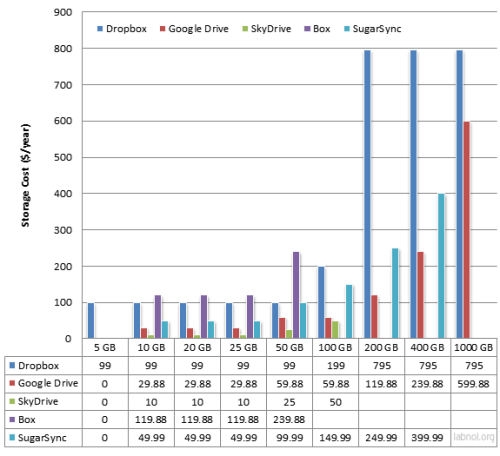Google yesterday announced its Google Fiber project for high speed internet connectivity making an entry into the post decade-old broadband era. Google has been spreading up its wings from being a mere search company. It wants to enter every segment of business which directly impact the end customers. Some say Google is still a search company since majority of the revenues still come from ads in search business, some say it is more Android focused these days, few says that Google has emerged into a hardware company after the launch of its own hardware in Nexus Q and fighting hard to convince netizens that it would also emerge as a Social Media company with tight integration of Google Plus in every aspects of its business.
I am sure Google takes a tough look at the business scenarios before making an entry move to these segments and try hard to achieve a flag bearer in ever segment of business it operates.
The latest such move is the Google Fiber project it announced in Kansas City, Missouri, USA. Google Fiber is supposed to provide 1Gbps of bandwidth as Google promised.
Here are some of the interesting points to note about:
1. Users have to pre-register in Google Fiber website for registering for a connection. The charge is 10$. This is an interesting stuff as Google wants to earn in every possible way.
2. If you are registered in Google Fiber website, it does not mean that you will get the fiber installed to your home. Google Fiber introduced a concept called “Fiberhood” where you convince your neighbors to register for Google Fiber. Google selects the area from where most number of registrations come from. Well, going by Google brand name, I am sure people will sign up for this (and does not really mind for the 10$ registration fee). Based on a recent study, it is determined that it costs around 650$ to lay a cable to your home. This puts a real hole in the OPEX of the ISP’s. With the Fiberhood, Google hopes to really cut down this cost to a larger extent.
3. Google has done with laying the fiber throughout the Kansas city. Google says that it has sought help from utilities dept to use the power poles for the fiiber and AT&T for laying the cable. Brilliant move, but strange. Why should AT&T help Google in this as the product being launched by Google is a tough competitor for AT&T. Leave me a comment if anyone knows what exactly is AT&T’s involvement in this project. Why it should help Google in the first place?
4. The pricing plans are not really competitive to encourage people to move to Google fiber. However you would get better speeds for the same rate that you are currently paying for lesser bandwidth.
5. For folks who were thinking that Nexus Q is the only hardware device made directly from Google stable, just to let you know that Google also has a DVR device to its credit.
Leave me a comment if you have any thoughts / analysis / comments.
Have a great weekend !





